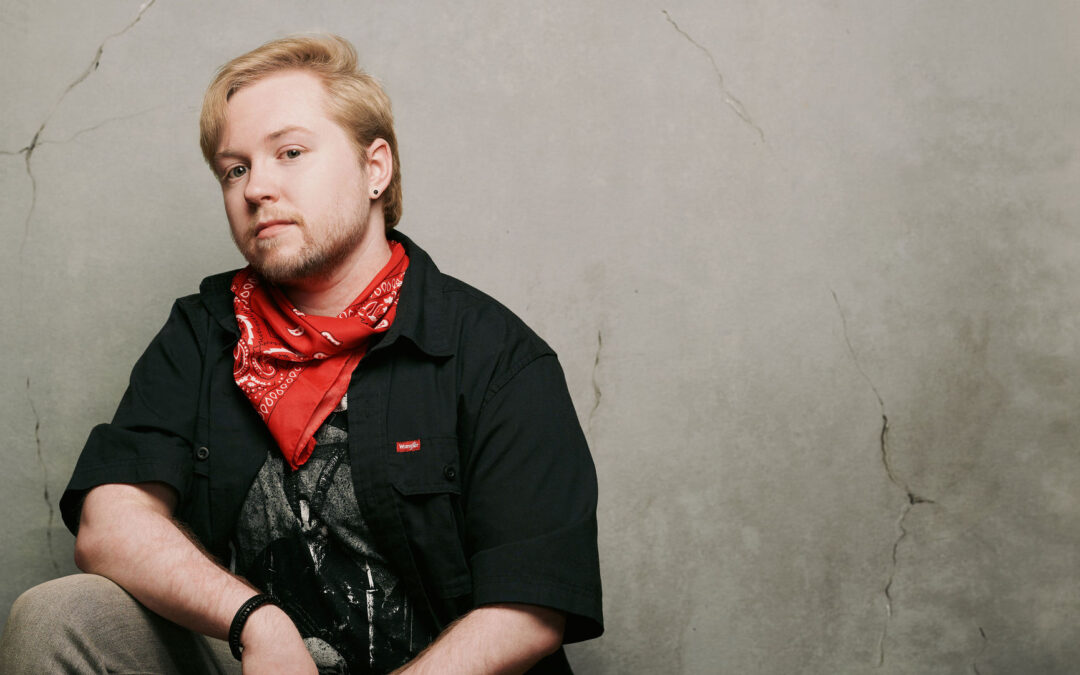
by Michele Kirichanskaya | Jun 24, 2025 | Blog
Andrew Joseph White is the trans, autistic, and bestselling author of Hell Followed With Us, The Spirit Bares Its Teeth, Compound Fracture, and more. His work focuses on the intersection of transgender and autistic identity through the lens of horror, monstrosity,...
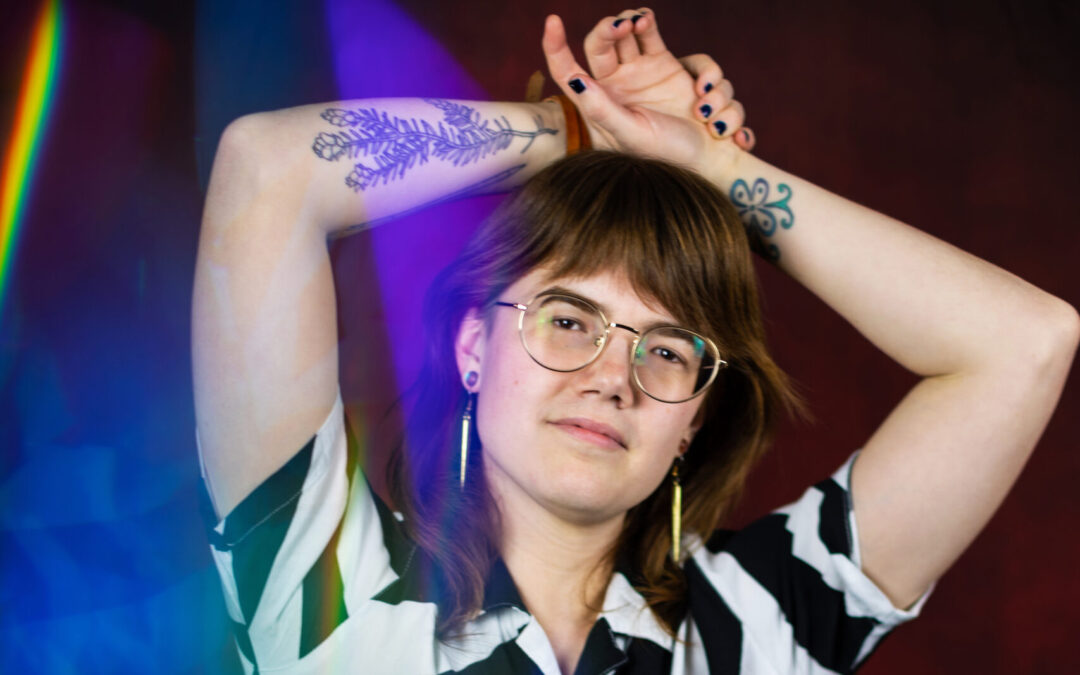
by Michele Kirichanskaya | Mar 14, 2025 | Blog
Ray Stoeve is the author of the young adult novel Between Perfect and Real, which received a starred review and was a 2021 Junior Library Guild Gold Standard Selection, and Arden Grey. They also contributed to the young adult anthology Take the Mic:...
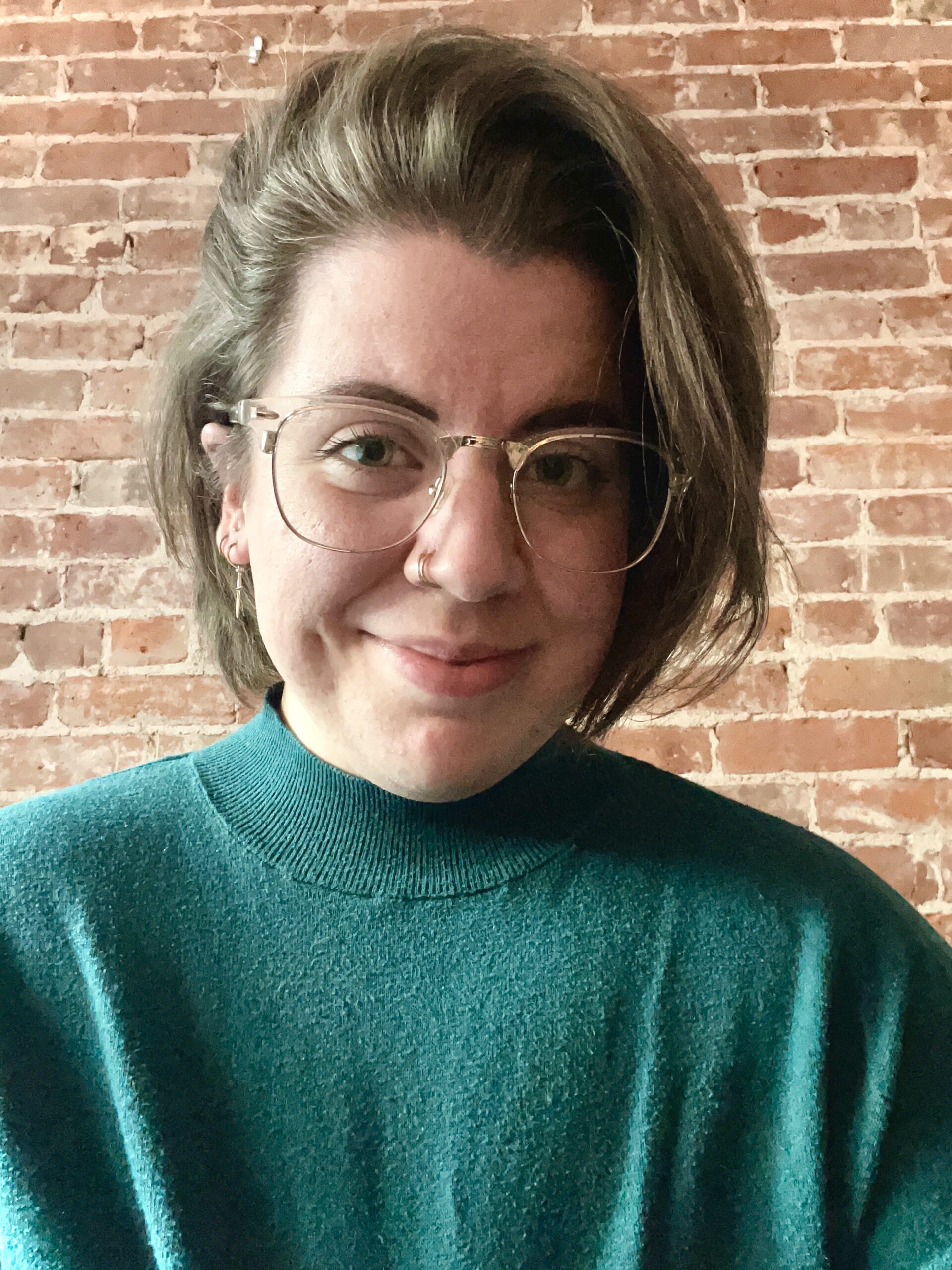
by Michele Kirichanskaya | Jan 11, 2025 | Blog
KT Hoffman is originally from Beaverton, Oregon, and currently lives in Brooklyn. He received his bachelor’s degree in English and Creative Writing from Stanford University. If he isn’t writing about trans hope and gay kissing, he’s probably white-knuckling his way...
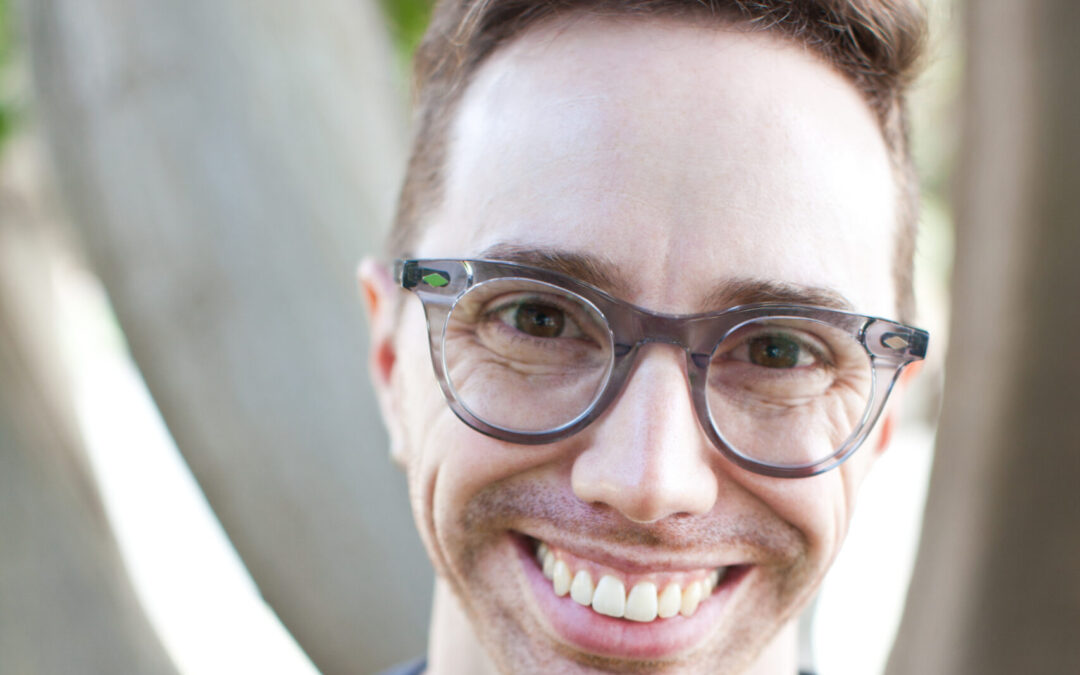
by Michele Kirichanskaya | Nov 14, 2024 | Blog
EDWARD UNDERHILL (he/him) is a queer trans man who grew up in the suburbs of Wisconsin, where he could not walk to anything, which meant he had to make up his own adventures. He began writing (very bad) stories as a kid and wrote his first (also very bad) novel in his...
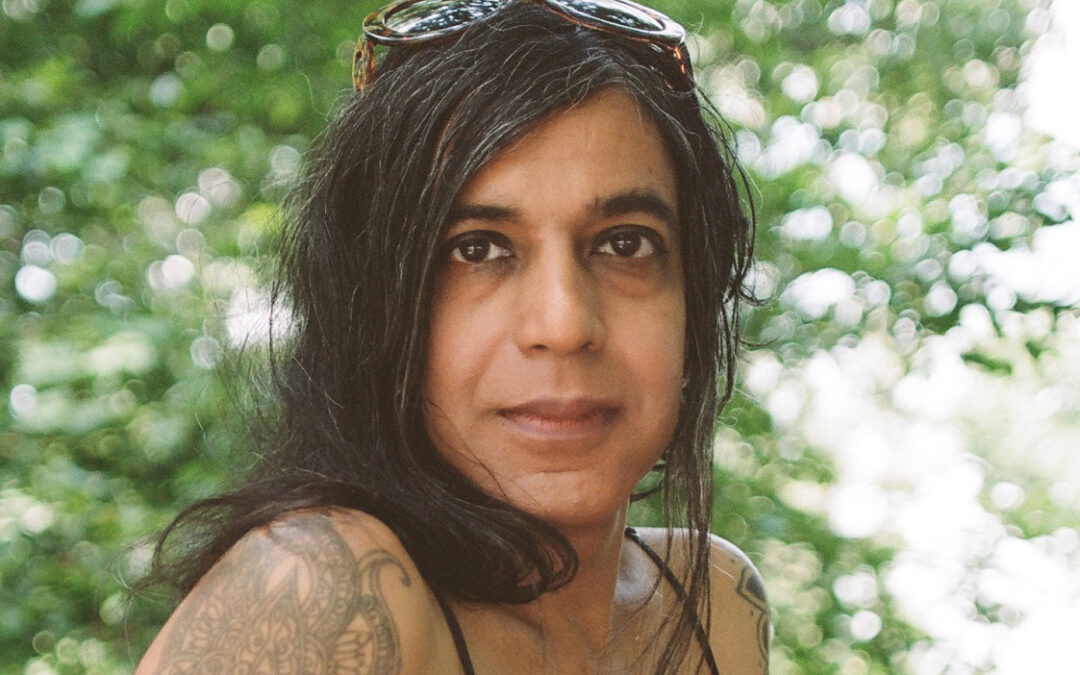
by Michele Kirichanskaya | Jul 26, 2024 | Blog
Bishakh Som is an Indian-American trans femme visual artist and author. Her work has appeared in The New Yorker, MoMA.org, Autostraddle, The Strumpet, The Boston Review, The Georgia Review, Black Warrior Review and The Brooklyn Rail, amongst other publications. Her...






